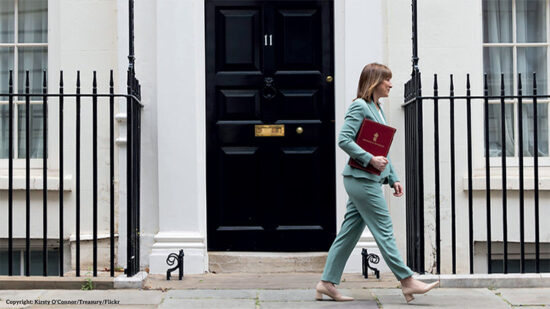The report, in the South China Morning Post, said the Mandatory Provident Fund Schemes Authority was taking the action amid concerns that many MPF providers “are charging too much”.
The SCMP quoted MPFSA managing director Diana Chan Tong Chee-ching as saying that the authority would consider a range of measures, including a possible cap on fees, next month, after it receives the results of E&Y’s research.
"Hong Kong is a free market,” the SCMP quotes her as saying. “However, if free market competition pressure cannot bring fees down, we have to consider adding a cap."
As reported here on Tuesday, a recent study by the Hong Kong Consumer Council found a wide variety in the fees MPF providers charge their clients for overseeing their savings.
The MPFSA’s interest in MPF fees comes as Hong Kong prepares for the introduction on 1 November of so-called Employee Choice Accounts, which will enable Hong Kong workers, all of whom participate in the Special Administrative Region’s Mandatory Provident Fund scheme, to begin to be allowed to choose which MPF provider they use.
The idea is that by enabling investors to choose their MPF provider, pressure will be brought to bear on pressure on those MPF providers who over-charge, in addition to forcing them in some cases to improve their investment performance.
The introduction of Employee Choice Accounts is said to be eagerly anticipated by many Hong Kong advisers, who are looking forward to being included in the decision-making process.
Hong Kong employees currently contribute 5% of their salary, capped at HK$1,000 ($130) a month, to an MPF retirement account. This is matched by employers, who, for now, also choose the MPF provider.
To read the South China Morning Post story, click here.








